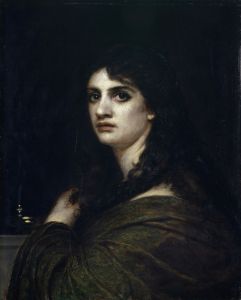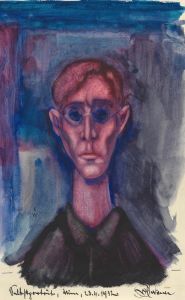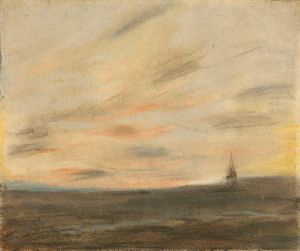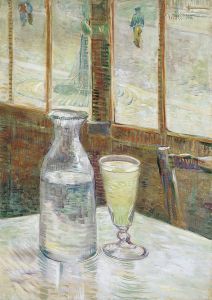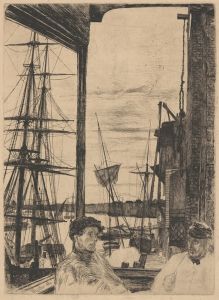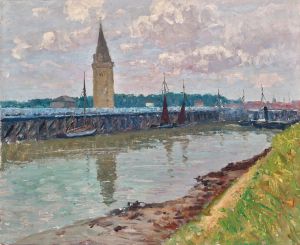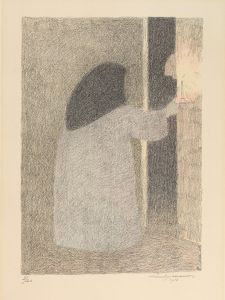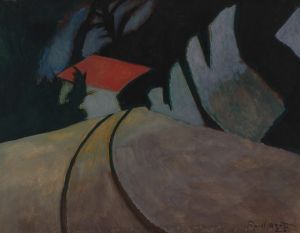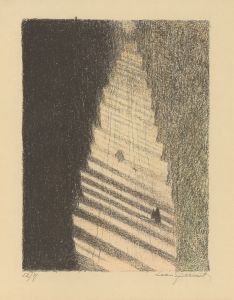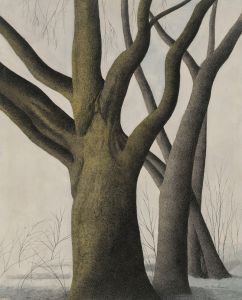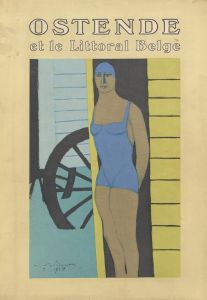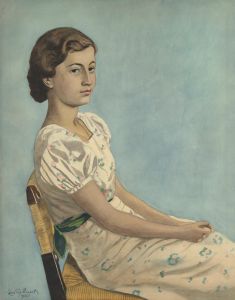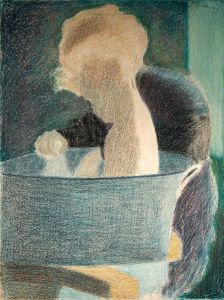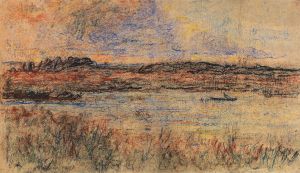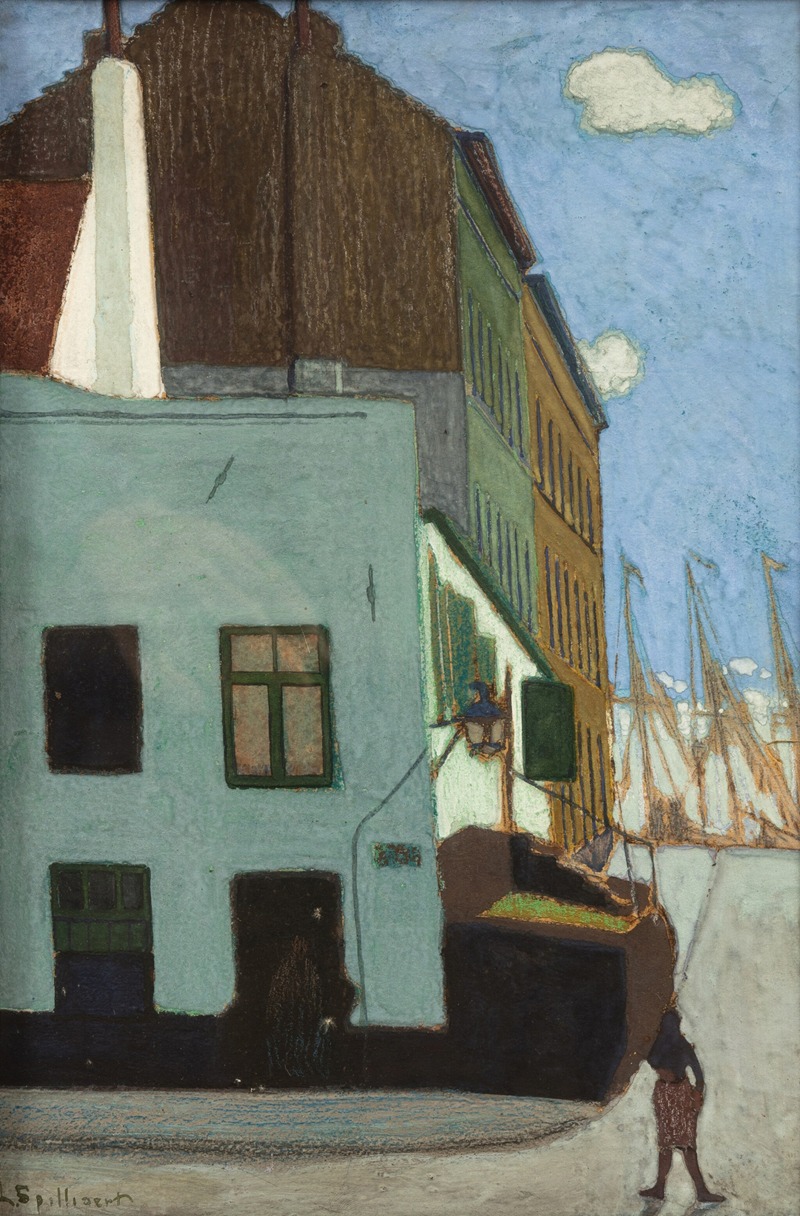
De Preekstoel, Ostende
A hand-painted replica of Léon Spilliaert’s masterpiece De Preekstoel, Ostende, meticulously crafted by professional artists to capture the true essence of the original. Each piece is created with museum-quality canvas and rare mineral pigments, carefully painted by experienced artists with delicate brushstrokes and rich, layered colors to perfectly recreate the texture of the original artwork. Unlike machine-printed reproductions, this hand-painted version brings the painting to life, infused with the artist’s emotions and skill in every stroke. Whether for personal collection or home decoration, it instantly elevates the artistic atmosphere of any space.
Léon Spilliaert (1881-1946) was a Belgian symbolist painter and graphic artist, known for his unique and often haunting works that explore themes of solitude, melancholy, and existential contemplation. One of his notable works is "De Preekstoel, Ostende," which translates to "The Pulpit, Ostend."
"De Preekstoel, Ostende" is a painting that captures the essence of the coastal city of Ostend, located in the Flemish Region of Belgium. Ostend was Spilliaert's birthplace and a significant source of inspiration throughout his career. The city, known for its beaches and maritime atmosphere, provided a rich backdrop for Spilliaert's exploration of mood and atmosphere.
The painting depicts a scene from the beach at Ostend, featuring a prominent structure known as "De Preekstoel" or "The Pulpit." This structure is a distinctive feature of the Ostend coastline, often associated with the city's maritime heritage. Spilliaert's rendering of this scene is characterized by his typical use of muted colors and stark contrasts, creating a sense of quiet introspection and eerie calm.
Spilliaert's style in "De Preekstoel, Ostende" reflects his broader artistic tendencies. He often employed a limited color palette, focusing on shades of blue, gray, and black to evoke a somber and contemplative mood. His use of light and shadow is meticulous, creating a sense of depth and dimension that draws the viewer into the scene. The composition of the painting is carefully balanced, with the pulpit structure serving as a focal point that anchors the viewer's gaze.
The painting is also notable for its atmospheric quality. Spilliaert had a keen ability to capture the intangible aspects of a scene, such as the feeling of the sea breeze or the quietude of an empty beach. In "De Preekstoel, Ostende," this is evident in the way he portrays the vast expanse of the sea and sky, creating a sense of infinite space and solitude.
Léon Spilliaert's work, including "De Preekstoel, Ostende," has been recognized for its contribution to the Symbolist movement in art. His paintings often delve into the psychological and emotional states of his subjects, using the natural environment as a mirror for inner experiences. Spilliaert's ability to convey complex emotions through simple, yet evocative imagery has earned him a lasting place in the history of art.
"De Preekstoel, Ostende" is housed in various collections and has been exhibited in numerous galleries and museums, reflecting its significance in Spilliaert's oeuvre. The painting continues to be appreciated for its artistic merit and its ability to convey the unique atmosphere of Ostend, as seen through the eyes of one of Belgium's most distinctive artists.





